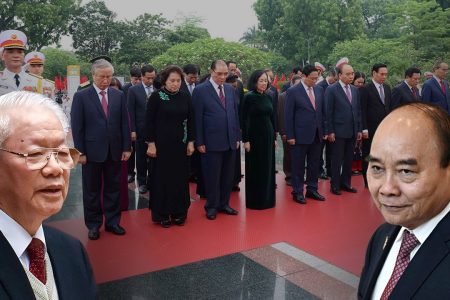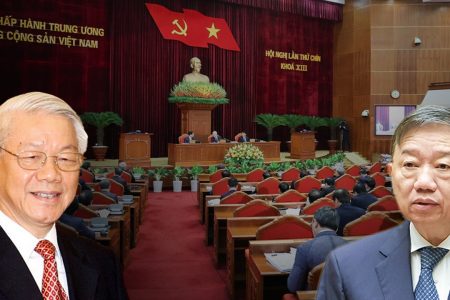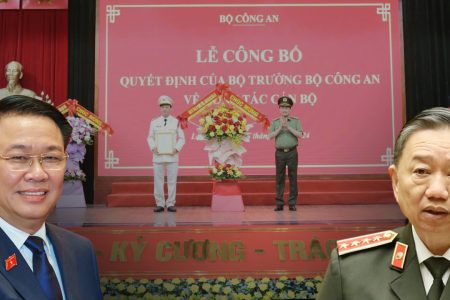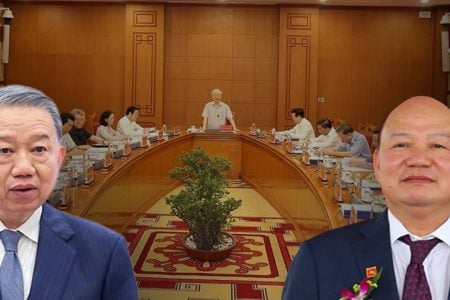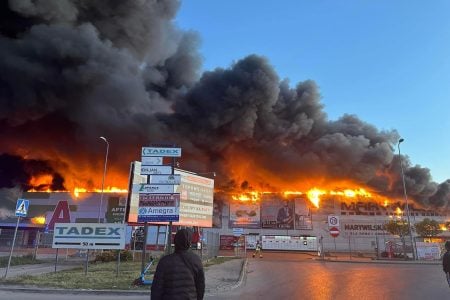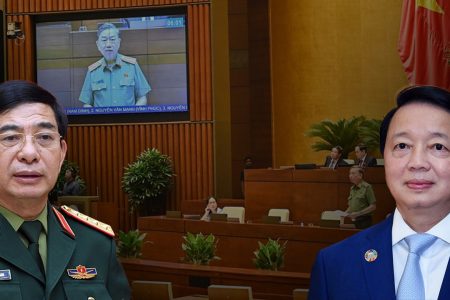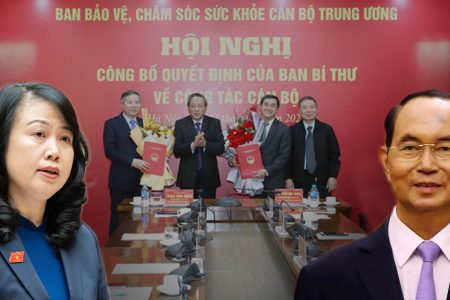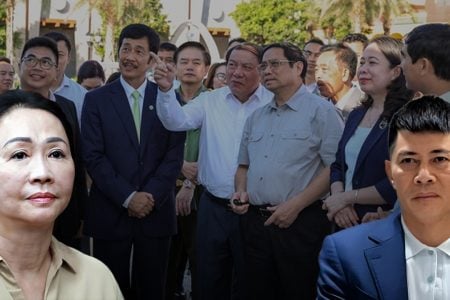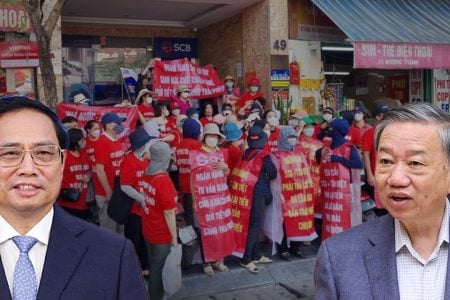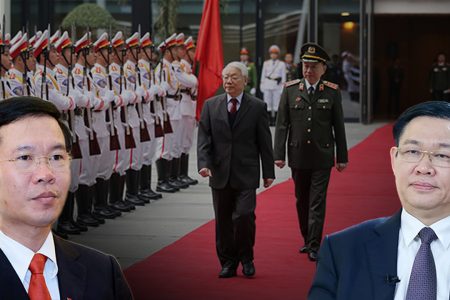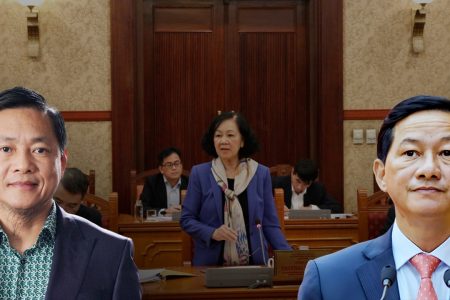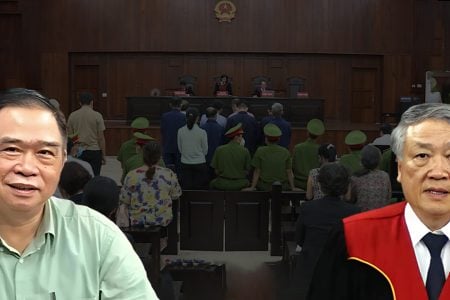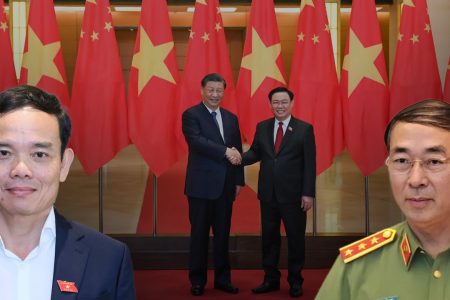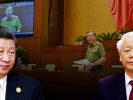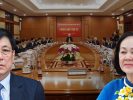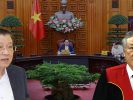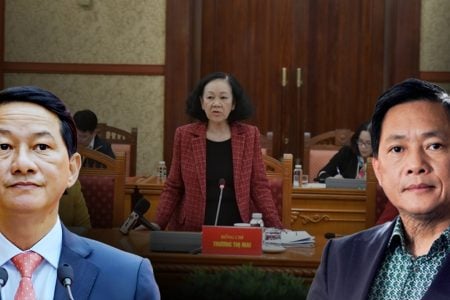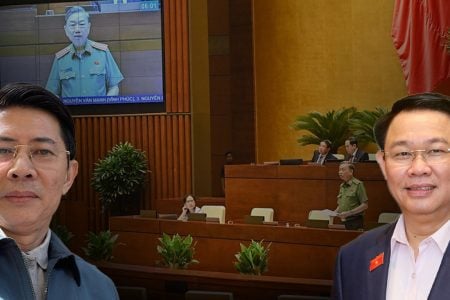
In recent years, the State Audit’s annual reports submitted to Vietnam’s National Assembly have shown that there are a series of state-owned enterprises with heavy losses and debts of tens of thousands of billions of dong.
On October 6, Thanh Nien newspaper reported “State-owned enterprises have accumulated losses of nearly VND70,000 trillion, debt of more than VND1,980 trillion.”
The news said:
“The Government has just sent the National Assembly a report on the operating situation of state-owned enterprises, as well as investment, management, and use of state capital at enterprises in 2022. Accordingly, about 9% of the 667 state-owned enterprises have incurred losses, about VND29.456 trillion; 21% of businesses still have accumulated losses of more than VND69.890 trillion.
Total liabilities are more than VND1,980 trillion, an increase of 6% compared to 2021, of which short-term debt accounts for 55%.”
Typically, Vietnam Airlines Corporation – Vietnam Airline – is one of the state-owned enterprises that incurred losses of more than VND8.6 trillion, accumulated losses of more than VND27 trillion. Vietnam Electricity Group EVN lost nearly VND21 trillion in 2022, but this number has decreased by more than VND35 trillion compared to 2021.
Not only Vietnam Airlines and EVN are losing money. Vietnam Coal and Mineral Industry Group TKV, a 100% state-owned enterprise, with equity of VND45 trillion, has outstanding debt of up to VND74 trillion – equivalent to more than $3 billion, equal to 1.6 times of its equity.
With the loss of the Vietnam Coal and Mineral Industry Group, Nguoi Lao Dong newspaper on February 17 had an article with a rather ironic headline: “Digging coal to sell, TKV owes up to VND74 trillion, who believes it?”
So, the “big guys” just mentioned always complain of huge losses, continuously from year to year, but still “keep calm.” Because these businesses are subsidized by the state, the state compensates for losses. But ordinary people bear these losses because the money to compensate for the losses is taken from the taxes people pay to the state.

Economic expert Pham Chi Lan, former Vice President of the Vietnam Chamber of Commerce and Industry (VCCI), said that the persistent losses of state-owned enterprises will create consequences for the economy, as well as the development of the country. These state-owned enterprises have become a burden on the economy, instead of playing a role in promoting other economic sectors.
Specifically, “12 projects with losses of trillions of billions under the Ministry of Industry and Trade, typically: DAP Factory No. 1 – Hai Phong; DAP No. 2 – Lao Cai; Ninh Binh Fertilizer; Ha Bac Protein; Dung Quat shipbuilding industry; Vietnam – China Steel Factory; Dinh Vu Factory; Thai Nguyen Iron and Steel Company… Currently, there are 17 commercial banks and 1 financial company providing credit for 12 projects, with a total outstanding balance of nearly VND21 trillion. In addition, banks also granted credit to related investors of nearly VND23 trillion.”
Meanwhile, the 1995 Law on State-owned Enterprises affirmed that state-owned enterprises must be dissolved and bankrupt according to the Law on Dissolution and Bankruptcy. So why does the Vietnamese Government not let loss-making and ineffective state-owned enterprises go bankrupt?
Still, according to Ms. Pham Chi Lan, “State-owned enterprises are sometimes ‘dead but can’t be buried called’ as people jokingly call them” Many times they lose money to the point of having to go bankrupt, but their problems cannot solved such as liabilities, receivables, and many other unresolved contractual relationships, state assets, how to evaluate, how to recover, how to resolve, and how to deal with their workers.”
The 1992 Constitution clearly states that state-owned enterprises and the state-owned economic sector are the mainstay of the economy, with the reason being the focus of the concept of “Socialist-oriented market economy.”
By 2013, during the discussion on the revised 2013 Constitution, many experts believed that the issue of “state economy being the mainstay” should not be included in the Constitution. However, the 2013 amended Constitution still stipulates that “the state economy is the dominant force.”
That is one of the mistakes in the economic policy of the Communist Party of Vietnam today.
Thoibao.de (Translated)




